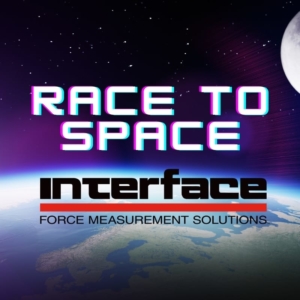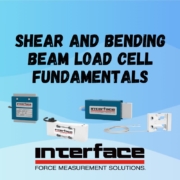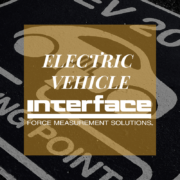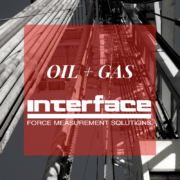Interface and The Race to Space
 Like many, we are celebrating some incredible milestones in the space industry this year. With every milestone, there is a long path of discovery, invention, and experience that creates these extraordinary moments.
Like many, we are celebrating some incredible milestones in the space industry this year. With every milestone, there is a long path of discovery, invention, and experience that creates these extraordinary moments.
The 53-year history of Interface is rich in experiences supplying force and torque measurement solutions to the engineers and innovators of space vehicles and the structures that support them. For decades Interface has supplied load cells, torque transducers, and multi-axis sensors of all sizes and capacities to the organizations that put the first man on the moon and to those that are pursuing the commercialization of space travel and colonization of other planets.
Our legacy as a reputable provider of sensor technologies has created a reliance on Interface products and expert calibration services. Our products have been and are used today in the development and flight qualification for the ascent and now descent of spacecraft, with rapid expansion and frequency. As we enter a new era of recoverable spacecraft, we are seeing more dependence on Interface as the supplier of the measurement devices used by these remarkable innovators, builders, and test engineers.
Why Interface? It comes down to reliability and accuracy, two extremely important measures of success in the launch and recovery of spacecraft. These measures are also critical factors given the acceleration in space travel for both valuable cargo and with greater occurrences, humans.
Beyond the performance factors of precision force and torque measurement solutions that Interface engineers and manufactures, we are chosen by the steadfast leaders and new entrepreneurs in the space industries because of quality and our ability to customize our products to exact specifications.
You will find Interface products used in thrust testing, structural testing and even force gravity testing. Every new test and launch inspire the Interface team to keep doing what we do. In fact, you can find our high-capacity and miniature load cells in use with future engineers and astronauts at universities around the world that are inventing new planetary exploration vehicles and rockets. Learn more here.
Interface provides products that accurately measure thrust, which is critical in cargo lifting. Every test must be verifiably accurate due to the trustworthiness and safety requirements of moving the ever-increasing valuable payloads, which is beyond stellar communication technologies. It’s now about launching and returning humans, with frequency, in the new era of space travel.
Interface load cells are also commonly used in the production and development of launch structures. These structures must withstand incredible forces during liftoff and return.
You can also find the Interface blue and stainless-steel load cells in the designs and for testing structures and aerodynamics for payloads of all types.
NASA’s Space Launch System (SLS) core stage is 27 feet in diameter and 200+ feet tall. Core components including liquid hydrogen and oxygen tanks must withstand launch loads up to 9 million pounds-force (lbf). Interface 1200 High-Capacity Standard Precision Low-Profile™ Load Cell Model 1260 for 600,000 lbf capacity, Model 1280 for 1,000,000 lbf capacity and Model 1290 for 2,000,000 lbf capacity were used in the design and testing of the structure.
Load cells were attached to hydraulic cylinders at various locations along test stands to provide precise test forces. Strain gages bonded to rocket structure surface and connected to data acquisition system for stress analysis. Read more here: /solutions/aerospace-industry/rocket-structural-testing/.
Exploring the possibilities of what you can measure? Interface is here to support your vision and mission. Contact our experts to help you get exactly what you need to accurately measure your designs.









